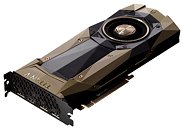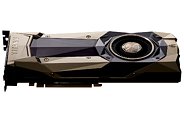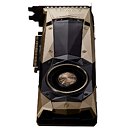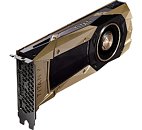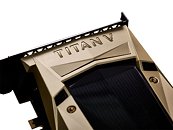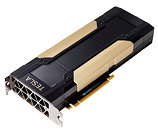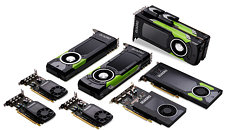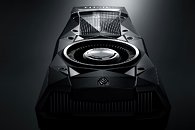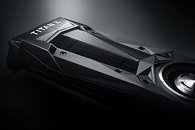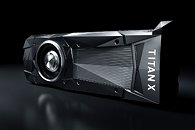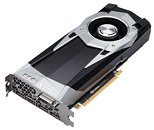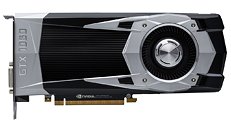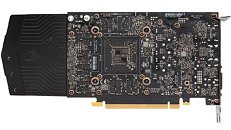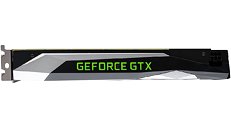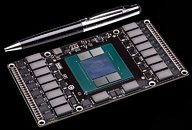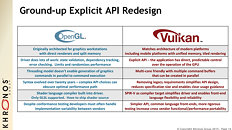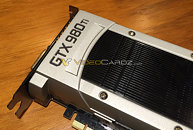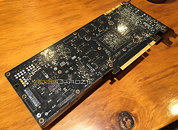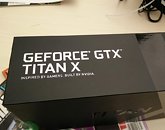
NVIDIA Releases GeForce 388.71 WHQL Drivers
NVIDIA today released the latest version of their GeForce software suite. Version 388.71 is a game-ready one, which brings the best performance profile for the phenomenon that is Player Unknown's BattleGrounds. For professionals, there's added support for CUDA 9.1, and Warframe SLI profiles have been updated. There are also many 3D Vision profiles that have been updated for this release, so make sure to check them out after the break, alongside other bug fixes and known issues.
As always, users can download these drivers right here on TechPowerUp. Just follow the link below.DOWNLOAD: NVIDIA GeForce 388.71 WHQL
As always, users can download these drivers right here on TechPowerUp. Just follow the link below.DOWNLOAD: NVIDIA GeForce 388.71 WHQL

